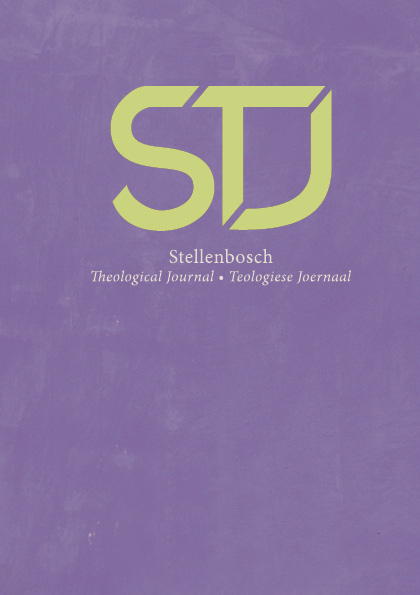Female participation in Judean family religions
an archaeological perspective towards a heterarchical understanding
DOI:
https://doi.org/10.17570/stj.2022.v8n1.af2Keywords:
Family religion, Judean pillar figurines, archaeology, patriarchy, heterarchyAbstract
In this contribution it will be argued that females in ancient Judean families not only played economic, educational, reproductive, and sexual roles, but also took part in religious activities performed within the extended family; and that this neglected religious role of females must be taken into consideration when reflecting on the status of females within the male-dominated beit `ab ("house of the father" or extended family). The possible role played by females in ancient "family religion" will be investigated by engaging with the research related to Judean Pillar Figurines and the role of the queen mother in Judean royal households. Against this background, it will be argued that it is possible that ancient Judahite families had heterarchical qualities despite their dominant hierarchical and patriarchal character in view of the religious agency of women suggested by archaeological evidence.
Published
How to Cite
Issue
Section
License
Copyright (c) 2022 Hendrik L. Bosman

This work is licensed under a Creative Commons Attribution 4.0 International License.
https://creativecommons.org/licenses/by/4.0/
Authors who publish with this journal agree to the following terms:
Authors retain copyright and grant the journal right of first publication with the work simultaneously licensed under a Creative Commons Attribution License that allows others to share the work with an acknowledgement of the work's authorship and initial publication in this journal.
Authors are able to enter into separate, additional contractual arrangements for the non-exclusive distribution of the journal's published version of the work (e.g., post it to an institutional repository or publish it in a book), with an acknowledgement of its initial publication in this journal.
Authors are permitted and encouraged to post their work online (e.g., in institutional repositories or on their website) prior to and during the submission process, as it can lead to productive exchanges, as well as earlier and greater citation of published work.
Please note that erroneous copyright information is given in the PDFs before Volume 9, 2023.



